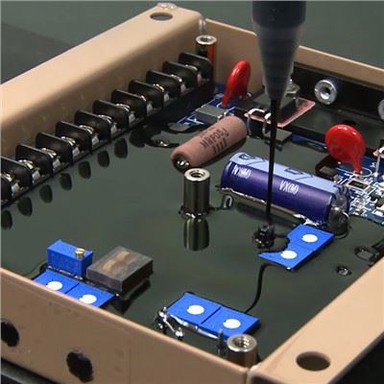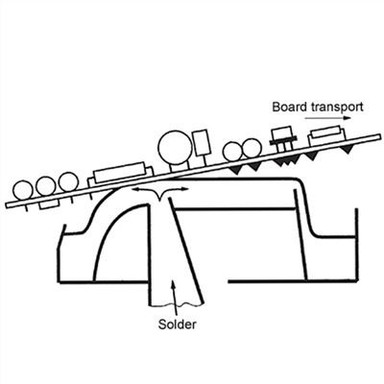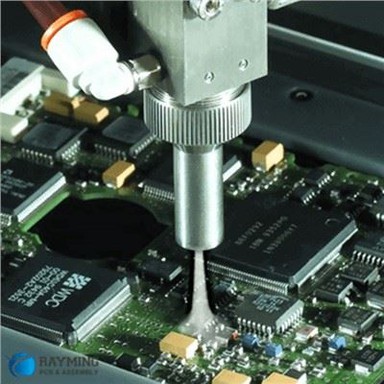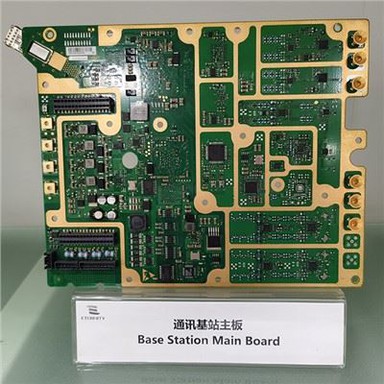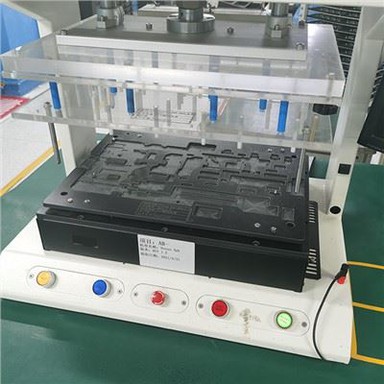What Is The Difference Between LS And LP LCR Tables?
Jun 17, 2024
1, Measurement principle
LS mode (L-Series mode): LS mode determines the inductance value by measuring the resonant frequency formed by the inductance under the AC signal and the capacitance in parallel with it. In this mode, the LCR meter will output an AC signal and scan a series of frequencies to determine the resonant frequency of the inductor and its parallel capacitor, thereby calculating the inductance value.
LP mode (Load Pulse mode): LP mode is a method of determining the inductance value by applying a short current pulse (load pulse) to the inductor and measuring the voltage change caused by it. This method is particularly suitable for measuring inductive components with small resistance loads, such as transformers, inductive coils, etc.
2, Applicable scenarios
LS mode: As LS mode determines the inductance value by measuring the resonant frequency, it is more suitable for measuring pure inductive components with little or no DC resistance. In addition, LS mode is also suitable for measuring inductance components with high Q values, as it can measure inductance and its small capacitance effects in parallel.
LP mode: LP mode is particularly suitable for measuring inductive components with DC resistance, such as transformers, inductive coils, etc. In addition, LP mode can accurately measure the DC resistance (DCR) and quality factor (Q) of inductive components, which is not available in LS mode.
3, Measuring speed and thermal effects
Measurement speed: LP mode usually allows for faster measurement speed because it uses short current pulses for measurement, reducing thermal effects during the measurement process. This makes LP mode more suitable for automated testing environments.
Thermal effect: During the measurement process, the thermal stability of the component has a significant impact on the measurement results. Due to the use of brief current pulses in LP mode, it can reduce the impact of thermal effects on measurement. In contrast, LS mode may need to consider the thermal stability of the components as it involves the long-term effects of AC signals.
4, Measurement accuracy
Although both LS and LP modes can provide high-precision measurements, depending on the characteristics of the components and testing conditions, one mode may be more suitable than the other. For example, in the case of small inductance values, the higher the frequency, the better the measurement accuracy, so the LS mode may be more accurate. For inductive components with DC resistance, LP mode is more suitable.

